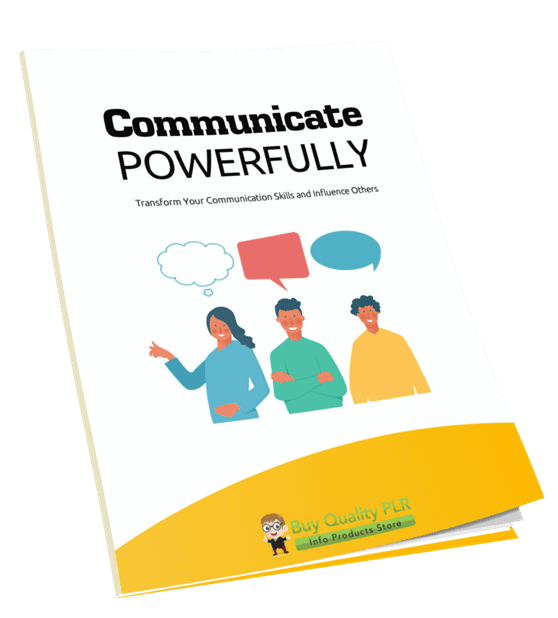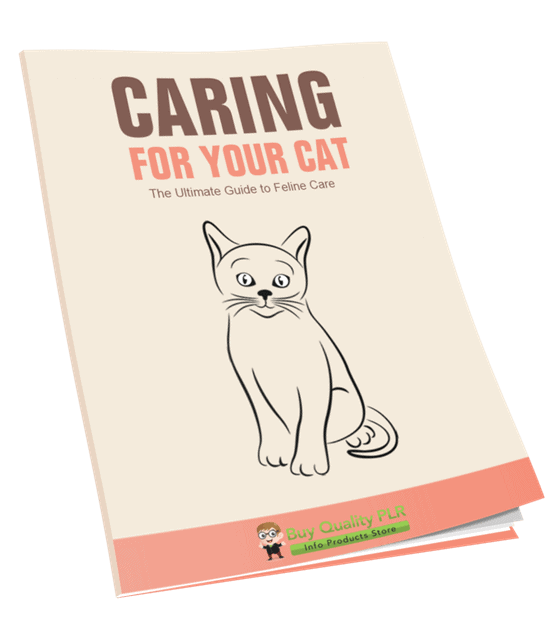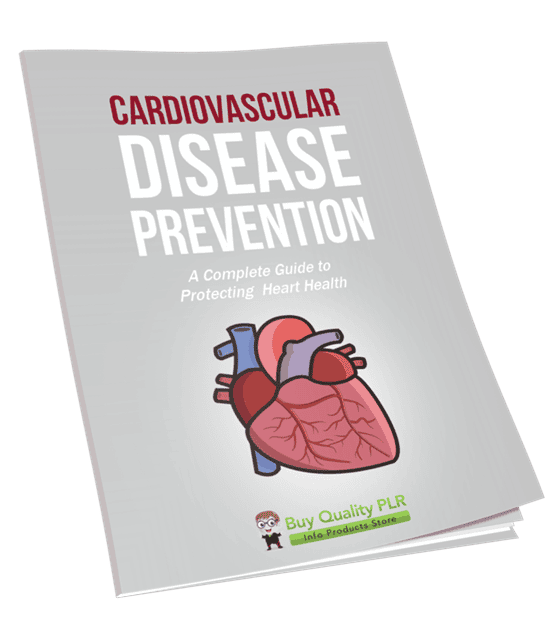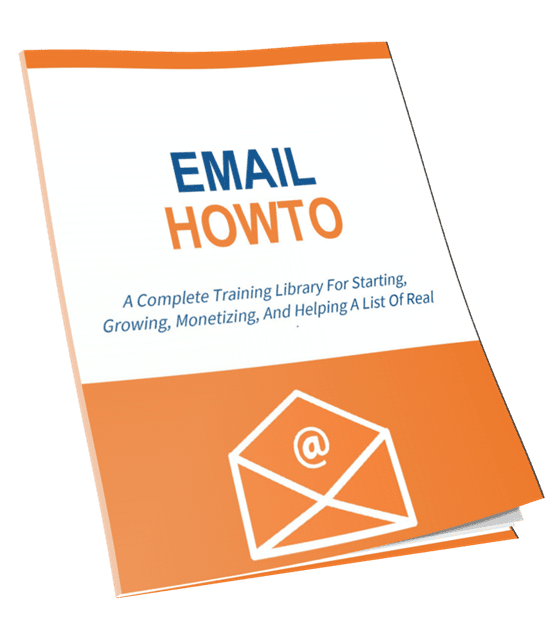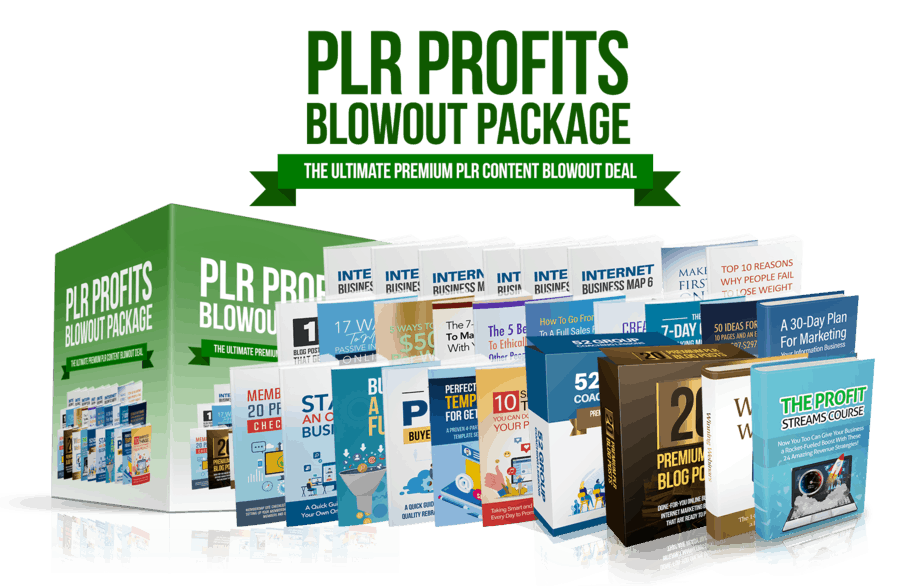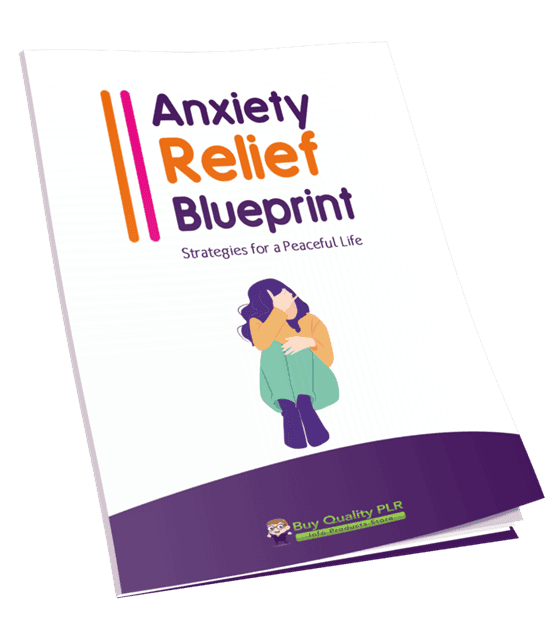
Anxiety Relief Blueprint PLR Course 24k words
in Anxiety PLR , Anxiety PLR Ebooks , Health PLR , Health PLR eBooks , PLR Checklists , PLR eBooks , PLR eCourses , PLR List Building Reports , PLR List Building Reports , Premium PLR , Premium PLR eBooks , Premium PLR Packages , Premium PLR Reports , Premium White Label Brandable PLR Coaching Courses , Private Label Rights Products , Self Help PLR , Self Improvement PLRChoose Your Desired Option(s)
has been added to your cart!
have been added to your cart!
#anxietyrelief #mentalhealth #stressmanagement #anxietysolutions #plrcourse #selfhelp #wellnessblueprint #emotionalwellbeing #stressrelief #mindfulnesstraining #anxietymanagement #personaldevelopment
Anxiety Relief Blueprint: Strategies for a Peaceful Life PLR Course
Are you ready to offer a course that provides life-changing strategies for managing anxiety in today’s fast-paced world?
Introducing the…
Anxiety Relief Blueprint
Strategies for a Peaceful Life – A comprehensive PLR course designed to help professionals reduce stress, regain control, and find peace of mind while thriving in their careers.
With 22,826 words of valuable content, this PLR course is perfect for those looking to build a product that empowers individuals to manage anxiety effectively, both in professional and personal settings. This course is ideal for professionals, coaches, therapists, and wellness businesses who want to offer a practical, results-driven solution for anxiety relief.
Course Overview
Anxiety Relief Blueprint: Strategies for a Peaceful Life offers a complete guide to understanding and managing anxiety, with a focus on actionable strategies. Participants will learn how to reduce stress, manage anxiety triggers, and thrive in high-pressure environments using proven techniques. This course combines mindfulness, communication skills, self-care routines, and cognitive behavioral strategies to provide a comprehensive toolkit for long-term mental well-being.
What’s Included in the Course:
Module 1: Understanding Anxiety in the Professional World
- Introduction to the science of anxiety and its impact on professional success.
- Identifying and managing anxiety triggers in the workplace.
Module 2: Immediate Techniques for Anxiety Relief
- Breathing and grounding exercises for instant relief in high-pressure moments.
- Mindfulness practices for staying present during stressful situations.
Module 3: Long-Term Strategies for Managing Anxiety
- Self-care routines to support mental well-being and resilience.
- Cognitive behavioral techniques (CBT) for reframing anxious thoughts.
Module 4: Communication Skills for Reducing Anxiety
- Vocabulary and phrases to remain calm in business conversations.
- Assertive communication techniques for handling conflicts with confidence.
Module 5: Anxiety-Relief Strategies for Meetings and Presentations
- Stress-free preparation tips for presentations and meetings.
- Public speaking techniques to reduce anxiety and boost performance.
Module 6: Networking Without Anxiety
- Overcoming social anxiety during networking events.
- Conversation strategies for building meaningful professional relationships.
Module 7: Maintaining Long-Term Mental Well-Being
- Developing a personalized self-care routine for ongoing mental health.
- Building a supportive network to manage stress and anxiety effectively.
How to Use and Profit from This PLR Course:
This course offers endless possibilities for creating profitable products, whether you sell it as a whole or break it into parts. Here are some ideas for how you can use this PLR course to generate income:
- Sell It as a Full Course: With some minor tweaks to make it your own, you can sell the entire Anxiety Relief Blueprint as a premium course to individuals or businesses looking to help their employees manage stress.
- Break It Into Mini-Products: Divide the content into smaller, focused guides or reports on specific topics, such as “Mindfulness for Professionals” or “Managing Presentation Anxiety,” and sell them individually.
- Create a Membership Site: Set up a membership site offering anxiety-relief content, and charge monthly fees for exclusive access to ongoing resources and support.
- Host an E-Class: Convert the content into a multi-week e-class that you charge $297-$497 to access. Include live demonstrations, interactive sessions, and personalized support to increase the value.
- Develop Physical Products: Take the content and turn it into physical products, such as books, journals, or stress-relief toolkits that can be sold at a premium price.
- Convert to Multimedia Content: Turn the course into videos, audios, or podcasts, making the material even more engaging and accessible to a wider audience.
- Lead Generation and Free Content: Use excerpts from the course as blog posts, lead magnets, or free resources to grow your email list or promote your other products.
Why This Course?
Anxiety is one of the most common issues faced by professionals today. Offering a solution like the Anxiety Relief Blueprint positions you as a leader in the wellness space, providing tools that can make a lasting impact. Whether you’re coaching individuals, helping teams, or building your online business, this PLR course is a ready-made product that brings value to your audience.
Ready to Empower Others and Grow Your Business?
Get started today with the Anxiety Relief Blueprint: Strategies for a Peaceful Life PLR course. With high-quality content and a wealth of practical strategies, this course is the perfect addition to your product offerings. Start profiting while making a real difference in people’s lives by helping them manage anxiety and find peace in a stressful world.
Take action now and provide your audience with the tools they need to thrive!
has been added to your cart!
have been added to your cart!
Here A Sample of What Inside the Anxiety Relief Blueprint PLR Course
Anxiety Relief Blueprint: Strategies for a Peaceful Life
This course is designed for professionals seeking to manage anxiety while maintaining a productive and balanced life. It emphasizes practical techniques, vocabulary, and communication strategies needed to navigate international business environments, meetings, presentations, and networking with a calm, focused mind.
Course Overview
In today’s fast-paced professional world, anxiety can become a major obstacle to personal and career success. The Anxiety Relief Blueprint offers actionable strategies to help you regain control, reduce stress, and thrive in your career with peace of mind.
Course Objectives
By the end of this course, participants will:
Understand the root causes of anxiety and how it manifests in professional settings.
Learn practical, science-backed techniques to manage anxiety in high-pressure environments.
Gain communication skills to maintain calm and clarity in meetings, presentations, and networking events.
Develop a personalized anxiety-relief toolkit to support long-term well-being.
Module 1: Understanding Anxiety in the Professional World
Lesson 1.1: Introduction to Anxiety and Its Impact on Professionals
Introduction to Anxiety: What It Is and How It Works
Anxiety is a natural response to stress, often characterized by feelings of worry, nervousness, or fear. It’s something that everyone experiences from time to time, especially when faced with uncertainty or challenging situations. Anxiety can manifest in various ways, such as:
- Physical symptoms: Increased heart rate, sweating, or trembling.
- Mental symptoms: Racing thoughts, difficulty focusing, or constant worry.
- Emotional symptoms: A sense of dread, irritability, or feeling overwhelmed.
While anxiety can be a normal and sometimes helpful reaction (for instance, it might motivate you to prepare thoroughly for an important meeting), it becomes problematic when it’s constant or overwhelming. Chronic anxiety can significantly impact your mental, emotional, and even physical well-being, making it harder to function effectively in daily life—especially in a professional setting.
The Professional Anxiety Loop: Why High Achievers Often Experience Anxiety
In today’s high-pressure work environments, anxiety can become particularly pervasive among professionals. High achievers, in particular, are often more prone to anxiety due to the following reasons:
- High expectations: The constant drive to perform, meet deadlines, and excel can create a persistent feeling of pressure.
- Perfectionism: Many high achievers set extremely high standards for themselves, which can lead to self-criticism, fear of failure, and anxiety when they feel they aren’t meeting those standards.
- Responsibility overload: As you advance in your career, more responsibilities are placed on your shoulders. Managing teams, handling high-stakes projects, and maintaining work-life balance can all contribute to stress and anxiety.
- Fear of failure: High achievers often feel that failing or underperforming is not an option, which increases the fear of making mistakes or not living up to their own or others’ expectations.
This creates a professional anxiety loop, where the more you achieve, the more pressure you feel to maintain that level of success. This constant pressure can fuel anxiety, which may lead to burnout, reduced productivity, and even long-term mental health issues.
How Anxiety Affects Our Daily Lives
Anxiety doesn’t just stay confined to the workplace; it seeps into all areas of our lives. Here are some common ways anxiety can affect you both personally and professionally:
- Decreased productivity: Anxiety can make it hard to focus on tasks, which leads to procrastination or difficulty completing work on time.
- Decision fatigue: Constant worry can make it harder to make decisions, even simple ones, because you’re always second-guessing yourself.
- Impaired communication: Anxiety can make you feel nervous about speaking up in meetings or engaging in social interactions, which may hinder effective communication and networking.
- Work-life imbalance: Anxiety can make it difficult to disconnect from work, leading to poor work-life balance and exhaustion.
- Impact on relationships: High levels of anxiety may strain personal and professional relationships, as you might become irritable, withdrawn, or overly self-critical.
Takeaway Exercise
At the end of this Lesson, take a moment to reflect on the following:
- Identify your anxiety triggers: What specific situations at work tend to make you feel anxious? Is it meetings, deadlines, presentations, or something else?
- Recognize the physical symptoms: How does your body react when you’re feeling anxious? Do you notice changes in your breathing, heart rate, or energy levels?
- Observe how anxiety impacts your performance: In what ways does anxiety affect your ability to work? Does it slow you down, make you feel overwhelmed, or lead to avoidance behaviors?
Write down your observations in a journal. These reflections will serve as the foundation for developing your personalized anxiety-relief strategies later in the course.
Summary
In this first Lesson, we’ve explored the basics of anxiety and how it works, with a special focus on how it impacts professionals. The professional anxiety loop is a real challenge for high achievers, who often experience constant pressure to perform. Understanding how anxiety manifests in your life is the first step toward managing it effectively.
Lesson 1.2: Recognizing Anxiety Triggers in the Workplace
Common Triggers in Business Environments
Anxiety in the workplace can be triggered by a variety of situations, especially in high-pressure environments where performance and outcomes are closely tied to professional success. Understanding these common anxiety triggers is crucial to managing stress effectively. Let’s take a look at some typical triggers professionals face:
- Deadlines:
- Deadlines can often create a sense of urgency and pressure, leading to anxiety about whether you can meet them on time. The more critical the deadline, the more intense the anxiety can feel, especially when multiple projects pile up.
- Presentations:
- Public speaking is one of the most common anxiety-inducing situations. Whether it’s a small team meeting or a large conference presentation, the fear of making mistakes, being judged, or not communicating your message clearly can trigger significant anxiety.
- High-Stakes Meetings:
- Meetings with senior executives, clients, or key stakeholders can evoke performance anxiety. The pressure to impress, defend your ideas, or negotiate effectively can increase stress levels. High-stakes meetings often come with the fear of failure or making the wrong impression.
- Unclear Expectations:
- When roles or tasks are poorly defined, anxiety can arise from the fear of underperforming or not meeting unspoken expectations. This can make you feel uncertain about your work and unsure of how to prioritize tasks.
- Workload and Multitasking:
- A heavy workload, combined with the need to multitask, can create a feeling of overwhelm. Juggling multiple tasks, especially with tight deadlines or conflicting priorities, can leave you feeling anxious about dropping the ball.
- Interpersonal Conflicts:
- Disagreements with colleagues, supervisors, or clients can heighten anxiety, especially if you’re navigating office politics or dealing with difficult personalities. Fear of confrontation or not resolving issues amicably can add stress to daily interactions.
How to Identify Personal Anxiety Patterns and Triggers
Recognizing your own anxiety patterns and triggers is key to managing them effectively. While common workplace stressors may affect many people, each individual experiences anxiety in different ways. Here’s a step-by-step guide to help you identify your personal anxiety triggers:
- Track Your Reactions:
- Keep a journal of situations that make you feel anxious. Write down when and where the anxiety happens, what you were doing, and who was involved. For example, note how you felt before a presentation, during a deadline crunch, or in a meeting.
- Notice Physical Symptoms:
- Anxiety often shows up in your body before you’re consciously aware of it. Pay attention to how your body reacts when you’re stressed. Do your muscles tense up? Does your heart rate increase? Do you get headaches or feel fatigued? Recognizing these symptoms early can help you manage your anxiety more effectively.
- Identify Your Thoughts:
- Anxiety is often linked to specific thought patterns. Notice what you’re thinking when you start to feel anxious. Are you worried about failing? Are you thinking about the consequences of making a mistake? Recognizing negative thought patterns (like catastrophizing or perfectionism) can help you challenge and manage them.
- Analyze Your Environment:
- Sometimes, the environment itself can be an anxiety trigger. Do you feel more anxious in certain settings, like large meetings or open office spaces? Pay attention to whether specific locations, times of day, or work environments trigger your anxiety more than others.
- Reflect on Past Experiences:
- Personal history plays a big role in how we react to stressful situations. Reflect on past experiences that may have shaped your anxiety. Were there moments in your career when you felt unsupported, judged, or out of control? These memories can sometimes fuel current anxieties, even if the situation no longer exists.
- Recognize Patterns:
- Over time, look for patterns in your anxiety. Do you tend to get anxious before important meetings? Is there a particular type of task (like client presentations or performance reviews) that triggers anxiety? Identifying these patterns will help you anticipate and prepare for anxiety-inducing situations.
Takeaway Exercise
As you work through this Lesson, take time to reflect on the following:
- Journal your experiences: Over the next week, keep a journal of situations at work that trigger anxiety. Include what happened, how you felt (both physically and mentally), and what thoughts ran through your mind during those moments.
- Spot the patterns: After a week of tracking, review your journal. Do you notice any patterns in the situations that trigger anxiety? Are there common themes like deadlines, specific people, or particular types of meetings?
- Reflect on your responses: Once you’ve identified your triggers, consider how you typically respond to these situations. Do you avoid them, overwork to compensate, or become overwhelmed? Understanding your responses will help in developing healthier coping strategies in the following Lessons.
Summary
In this Lesson, we’ve explored common anxiety triggers in professional settings—such as deadlines, presentations, and high-stakes meetings—and introduced ways to identify your personal anxiety patterns. Recognizing your triggers is a crucial step toward reducing anxiety and taking control of your stress responses.
Next, we’ll move on to Lesson 1.3: The Science Behind Anxiety: Understanding What’s Happening in Your Brain and Body, where you’ll learn how anxiety affects you physically and mentally and why understanding this can help you develop practical strategies for relief.
We’re also giving these extra bonuses
Anxiety Relief – Checklist
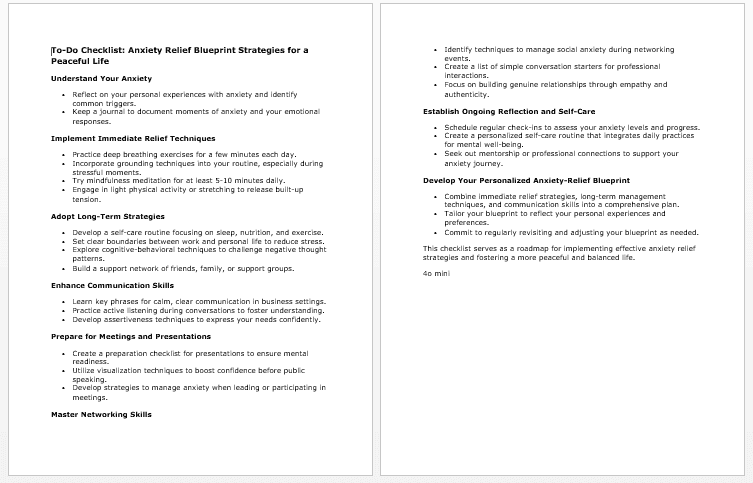
Anxiety Relief – FAQs
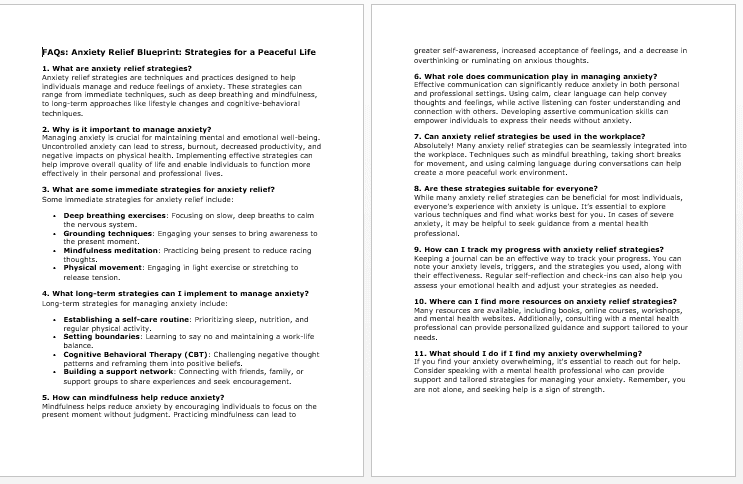
Anxiety Relief – Salespage Content
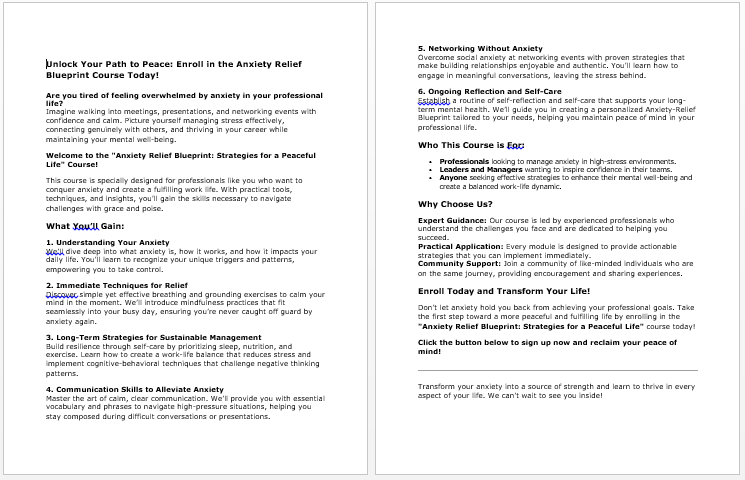
Package Details:
Module 1: Understanding Anxiety in the Professional World
Module 2: Immediate Techniques for Anxiety Relief
Module 3: Long-Term Strategies for Managing Anxiety
Module 4: Communication Skills for Reducing Anxiety in the Workplace
Module 5: Anxiety-Relief Strategies for Meetings and Presentations
Module 6: Networking Without Anxiety
Module 7: Maintaining Long-Term Mental Well-Being
Word Count: 22 826 Words
Number of Pages: 114
Anxiety Relief – Bonus Content
Checklist
Word Count: 316 words
FAQs
Word Count: 590 words
Salespage Content
Word Count: 504 words
Total Word Count: 24 236 Words
Your PLR License Terms
PERMISSIONS: What Can You Do With These Materials?
Sell the content basically as it is (with some minor tweaks to make it “yours”).
If you are going to claim copyright to anything created with this content, then you must substantially change at 75% of the content to distinguish yourself from other licensees.
Break up the content into small portions to sell as individual reports for $10-$20 each.
Bundle the content with other existing content to create larger products for $47-$97 each.
Setup your own membership site with the content and generate monthly residual payments!
Take the content and convert it into a multiple-week “eclass” that you charge $297-$497 to access!
Use the content to create a “physical” product that you sell for premium prices!
Convert it to audios, videos, membership site content and more.
Excerpt and / or edit portions of the content to give away for free as blog posts, reports, etc. to use as lead magnets, incentives and more!
Create your own original product from it, set it up at a site and “flip” the site for megabucks!
RESTRICTIONS: What Can’t You Do With These Materials?
To protect the value of these products, you may not pass on the rights to your customers. This means that your customers may not have PLR rights or reprint / resell rights passed on to them.
You may not pass on any kind of licensing (PLR, reprint / resell, etc.) to ANY offer created from ANY PORTION OF this content that would allow additional people to sell or give away any portion of the content contained in this package.
You may not offer 100% commission to affiliates selling your version / copy of this product. The maximum affiliate commission you may pay out for offers created that include parts of this content is 75%.
You are not permitted to give the complete materials away in their current state for free – they must be sold. They must be excerpted and / or edited to be given away, unless otherwise noted. Example: You ARE permitted to excerpt portions of content for blog posts, lead magnets, etc.
You may not add this content to any part of an existing customer order that would not require them to make an additional purchase. (IE You cannot add it to a package, membership site, etc. that customers have ALREADY paid for.)
Deprecated: Function post_permalink is deprecated since version 4.4.0! Use get_permalink() instead. in /home/buyqualityplr/public_html/wp-includes/functions.php on line 6121
Share Now!

